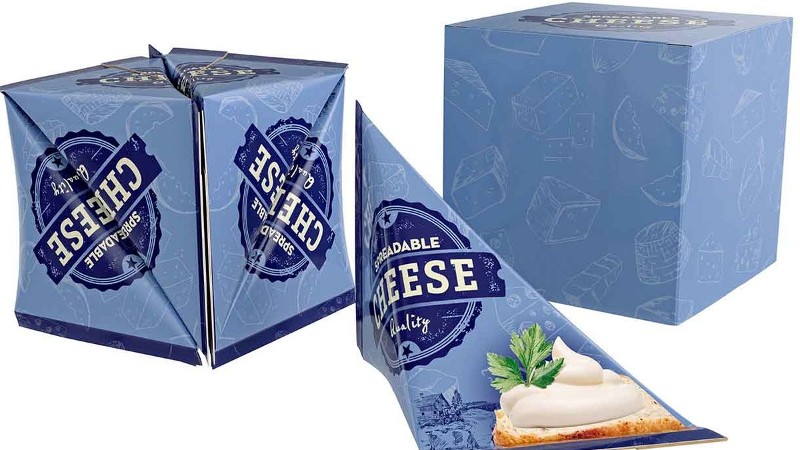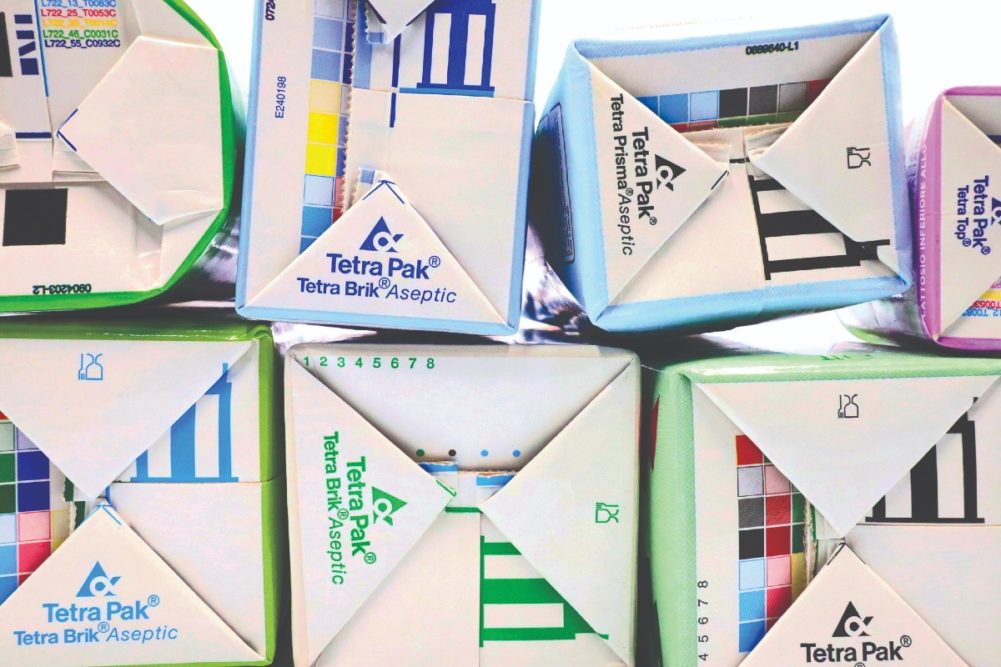Aseptic and extended shelf life (ESL) packaging is an innovative technology that has transformed the dairy industry. It offers numerous benefits including increased access to dairy products and reduced waste, making it a sustainable and cost-effective solution for dairy processors.
Aseptic packaging for dairy products makes them resistant to microbial growth, oxidation and other forms of contamination. The process has become increasingly popular in the dairy industry because of its ability to extend the shelf life of products while maintaining the quality and flavor. This can be especially beneficial for retailers who can stock their shelves with products that have a longer sell-by date, reducing waste and ensuring fresher products for their customers.
Growth in aseptic and ESL
The total global aseptic packaging market size was valued at $61.3 billion in 2022, according to Precedence Research. The market size is predicted to hit around $147.6 billion by 2032, and it is expanding at a CAGR of 9.18% from 2023 to 2032. The global dairy aseptic packaging market is expected to grow at a CAGR of 5.5% by 2030, according to Dataintelo.
In 2022, Dairy Farmers of America (DFA), Kansas City, Kan., acquired two extended shelf-life processing facilities from SmithFoods. The processing plants, located in Richmond, Ind., and Pacific, Mo., produce a variety of extended shelf life dairy and non-dairy beverages, ice cream and shake mixes for both retail and foodservice customers. The facilities will become part of the DFA Dairy Brands division and will operate as Richmond Beverage Solutions and Pacific Dairy Solutions.
“There is increasing consumer interest in extended shelf life dairy products, and this acquisition aligns with our strategy to increase commercial investments and expand our ownership in this space,” said Pat Panko, executive vice president of DFA and president of DFA Dairy Brands North. “With the addition of these plants, we have an opportunity to not only grow our customer base, but also create synergies between our other extended shelf life and aseptic facilities.”
Byrne Dairy, Inc., LaFayette, NY, a fourth-generation, family-owned producer and distributor of Greek and conventional yogurt, sour cream, milk, cream, ice cream and other dairy products, invested $25 million to upgrade its dairy processing facility in Cortlandville, NY. Originally built in 2014, the plant was retooled to produce extended shelf life and shelf-stable dairy products, according to the company. Expansion of the facility was completed in 2022.
In 2022, The Kroger Co., Cincinnati, announced it would invest $70 million on a 35,000-square-foot expansion of its Tamarack Farms Dairy, which will allow the company to add a state-of-the-art aseptic milk line. The line would be capable of manufacturing various sizes of half-and-half, heavy whipping cream and coffee creamer. The aseptic milk line will be the grocer’s first in the Midwest and is part of Kroger’s large-scale efforts to deliver long shelf-life high protein drinks, non-dairy and dairy products through modern technology. The expansion is expected to be completed by July 2023, according to the company.
The benefits
Aseptic cartons are the most popular form of aseptic packaging in the world, according to the Alliance for Beverage Cartons and the Environment (ACE).
The aseptic process ensures that both food and packaging materials are free of harmful bacteria when food is packaged. ESL dairy products are made using various processing techniques, including ultra-high temperature (UHT) pasteurization, microfiltration and aseptic packaging. UHT pasteurization involves heating the milk to a temperature of 135°C for a few seconds, which effectively kills all bacteria and spores that could cause spoilage. Microfiltration, on the other hand, is a filtration process that removes bacteria and other impurities from the milk by using membranes with microscopic pores.
Aseptic packaging uses polyethylene terephthalate (PET) as a barrier on the inner and outer sides to protect against moisture entering or exiting the container, along with a film foil to keep light and oxygen out and avoid spoilage.
One of the benefits of aseptic packaging is that it allows for products to be transported and sold without the need for refrigeration. This can be an advantage in areas where access to refrigerated storage is limited, extending the reach of dairy products to more areas and consumers.
The packages are shipped out in roll form, allowing more empty packages to fit on a truck, thus reducing the number of trucks on the road, according to Tetra Pak.
In 2019, Tetra Pak released its Classic Aseptic 65ml Cube, a packaging solution said to be an efficient solution for dairy, juice and liquid food. The offering requires less secondary packaging and needs approximately 40% less space to transport the same quantity of products. Tetra Pak said this means food “can now be delivered safely over longer distances, at lower cost, and made available to consumers at an affordable price.”
 Image: Tetra Pak
Image: Tetra Pak
Addressing sustainability
Aseptic packaging also has a positive impact on sustainability. It reduces food waste and extends the shelf life of products, meaning less food is thrown away. It also allows for the use of lightweight packaging materials such as cartons, which reduces carbon emissions during transportation.
As many dairy processors invest in new aseptic and extended shelf life filling lines, Silgan Closures, Downers Grove, Ill., provides a team of resources to assist with coordinating packaging, filling and application requirements to ensure success at the time of startup, said Todd Price, director of sales.
Silgan Closures provides emission factors to help understand Scope 3 carbon emissions as well as life cycle assessment on products that provide insight on the carbon footprint of individual closures. Additionally, the company has development products available for trials that include post-consumer resin and bio-resin.
In order to meet the level of protection required for aseptic and extended shelf life packaging standards for dairy products, reliable barrier technology is a crucial component.
Tetra Pak published its 23rd annual Sustainability Report in August 2022. One of the highlights in the report was the successful completion of a commercial validation of a polymer-based barrier to replace the aluminum layer in aseptic cartons. Testing has started on a new fiber-based barrier — a first within food carton packages distributed under ambient conditions.
“Our ambition is to lead sustainability transformation within our industry and our initiatives in this regard have continued over the last 12 months, working together with our customers and partners to support their own efforts as well,” said Adolfo Orive, president and chief executive officer at Tetra Pak, in response to the report.
For Amcor Flexibles North America, Oshkosh, Wis., the right materials play an important role in ensuring the recyclability of aseptic packaging. The supplier made a pledge in 2018 to develop all of its packaging to be recyclable or reusable by 2025.
“I think, ultimately, the multi-layer and PET solution will enable a circular economy,” said Fred Beuerle, director, strategic innovation and intellectual property for Amcor, during a webinar hosted by the International Dairy Foods Association (IDFA). “It’s a recyclable solution that can then go back into subsequent bottles where a lot of the other solutions, like cartons, for example, need to either be down-cycled, or there’s a limited amount that can be introduced back into the subsequent packages.”
He also added that product differentiation will continue to be important.
“The real challenge for the industry is how to make the most sustainable package, but also accommodate these other requirements like a premium look and feel, differentiated shapes, consumer usability and cost,” Beuerle said. “I think that’s a challenge for the industry going forward but I think it’s also a great opportunity.”

